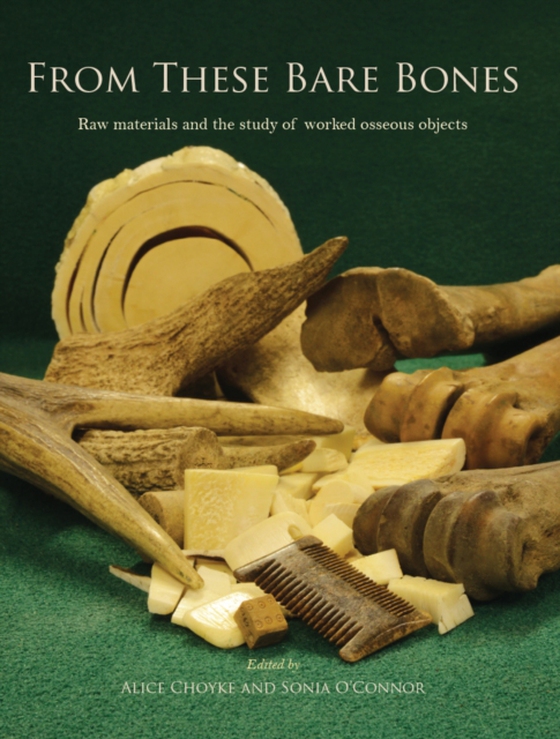
From These Bare Bones e-bog
223,05 DKK
(inkl. moms 278,81 DKK)
A fundamental component of the study of worked osseous objects is the identification of the raw materials chosen to make them. In archaeological contexts many objects become degraded to the point where identification is very difficult and the way in which these materials decay during burial and upon excavation can vary greatly. Correct identification is crucial to the investigation of objects, ...
E-bog
223,05 DKK
Forlag
Oxbow Books
Udgivet
19 december 2013
Længde
256 sider
Genrer
HD
Sprog
English
Format
epub
Beskyttelse
LCP
ISBN
9781782972129
A fundamental component of the study of worked osseous objects is the identification of the raw materials chosen to make them. In archaeological contexts many objects become degraded to the point where identification is very difficult and the way in which these materials decay during burial and upon excavation can vary greatly. Correct identification is crucial to the investigation of objects, their conservation and future curation. Above all, understanding raw material selection aids our understanding of human-animal interaction in the past both on pragmatic and symbolic levels since the choices made by artisans vary by cultural tradition as well as availability.The 20 papers presented here explore a wealth of information pertaining to the use of osseous materials over the long period of human craftsmanship and tool manufacture by exploring several key themes:· Raw material selection and curation within tool types· Social aspects of raw material selection· New methods of materials identificationIt is demonstrated that the issue of raw material identification has numerous implications for conservation work, reproduction of objects, the physical characteristics of the tool or ornament, availability of raw materials, the materials chosen for procurement and the cultural reasons that lie behind the choice of raw materials from particular species and skeletal elements to produce planned tool and ornament types. Together, these papers emphasize the need for confident and correct materials identification and demonstrate that functionality is by no means the only, nor necessarily the most important, factor in the selection of osseous raw materials for the fabrication of tools and other cultural objects.
 Dansk
Dansk

